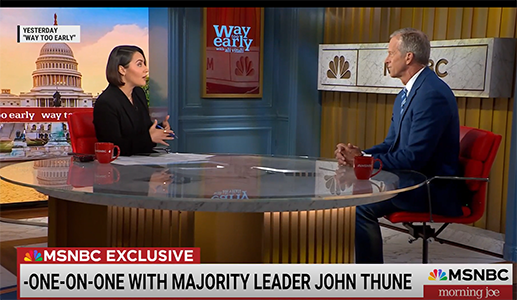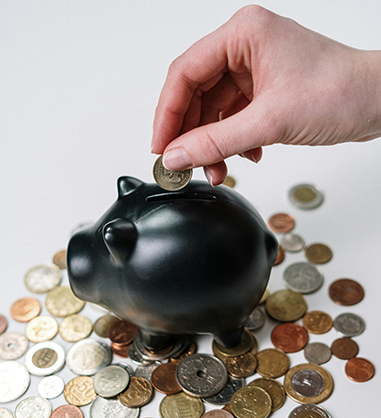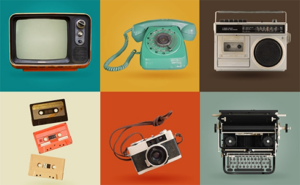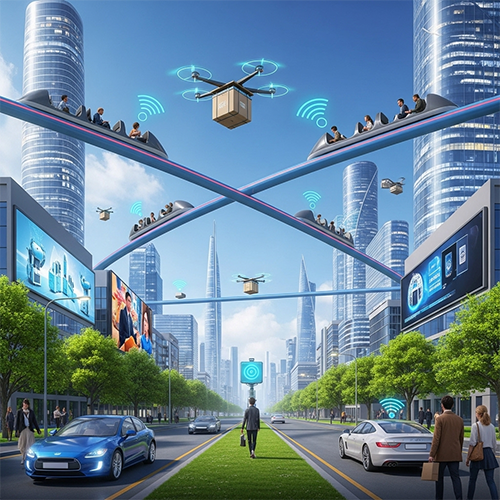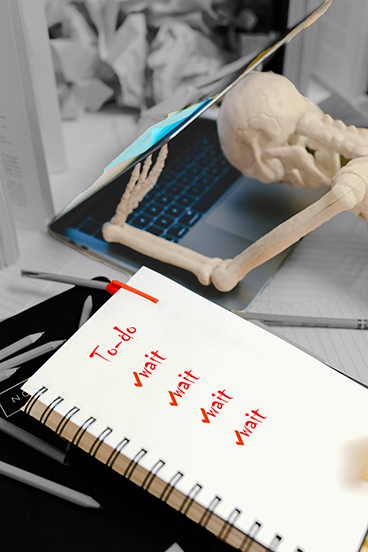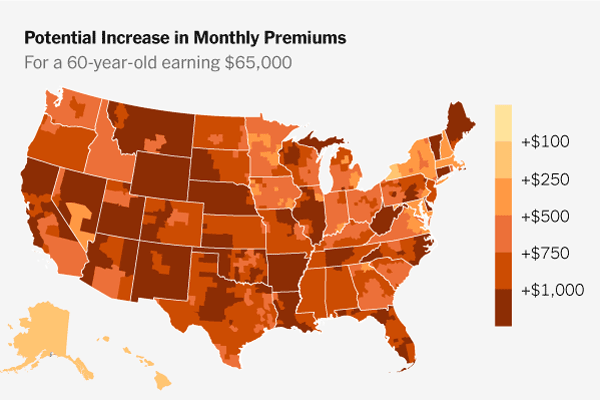HHAeXchange Features Bradley Cooper Documentary
by Kristin Rowan, Editor
PBS/Cooper Documentary Featured
HHAExchange PA Customer Summit
HHAeXchange welcomed Pennsylvania users for a day of learning and connection this September. Led by CEO Paul Joiner, the team has grown recently with the acquisitions of Cashè, Generations Homecare, and Sandata. Joiner opened the day by sharing the company promise to put customers first and build around their core values. He also highlighted the company’s work on AI features that are coming soon.
Caregiving, the Movie
Caregiving is a documentary from Executive Producer Bradley Cooper that explores systemic issues in the US care system. Cooper cared for his dad when he had cancer and is still caring for his mom. The film follows both paid and unpaid caregivers, who share their personal stories, along with the history of caregiving. Caregiving is streaming on PBS.
HHAeXchange and Caregiving
How does a PBS documentary and 18 short films become the subject of a software user group meeting? I suspect that promoting the film using Bradley Cooper played a small role in its popularity and viewership. But, in this case, it was HHAeXchange President Stephen Vaccaro who initiated the event. Stephen watched the film and recognized its importance. He sent it to the executive team and a lot of people inside the company watched it. As they started planning the user group meeting CEO Paul Joiner suggested reaching out to the show’s producers.
Closing on a High Note
Two of the film’s principals, director Chris Durrance and caregiver Matt Cauli joined HHAeXchange CEO Paul Joiner to close out the day. The panel was extremely well-received and Matt Cauli has been hailed as a near-perfect spokesperson for caregiving (the film and the industry).
Comments from HHAeXchange and the customer summit describe the film as “instrumental in bringing caregiving into the national conversation, shining a light on the critical role caregivers play every day and they challenges they navigate.”
Meet EP Tom Chiodo
Joined by HHAeXchange President Stephen Vaccaro, one of the film’s Executive Producers sat down with The Rowan Report to discuss Caregiving and Wellbeings.org. Tom Chiodo is the executive producer of special projects, national productions at WETA the PBS station in D.C. Tom develops documentaries, orginal digital content, and engagement campaigns for more than 330 PBS stations. Wellbeings is a campaign from public media to address critical health needs in America. Wellbeing currently has 18 short films that include additional history and information on caregiving in the U.S. that didn’t fit inside the 2-hour time constraint of the documentary. The channel has 2 million subscribers.
Not Done Yet
Speaking with Tom, it was immediately clear the passion and devotion he has for the caregiving industry.
“Caregiving is struggling. It’s not just family members, but caregiving as an industry. They don’t get paid enough, even though they’re dealing with quality of life. The job is physically and emotionally demanding, and mentally draining.”
According to Tom, the caregiver shortage pushed Medicaid to promote self-directed care as an alternative. Now, there are an estimated 53 – 105 million unpaid adult family caregivers in the U.S. with $600 billion in lost income annually. Shining a light on the changes that need to be made, Caregiving has been viewed thousands of times, but more work needs to be done. Tom is currently working on a film on defeating dementia and another with filmmaker Ken Burns on adult mental health.
Understanding for All Ages
An estimated 5.4 million children and adolescents provide direct care for a family member. Wellbeing partnered with Fred Rogers Productions for Many Ways to Show You Care, coming to Wellbeings and PBS Kids on November 7. The series shows kids and teens engaged in caregiving with siblings, parents, and grandparents who suffer from various disabilities.
Watch the Film
If you haven’t already, I encourage you to take the time to watch Caregiving and the supporting short films from Wellbeing.
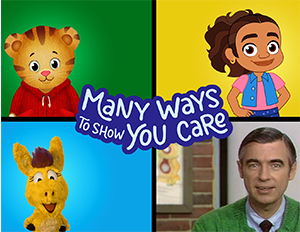
# # #


Kristin Rowan has been working at The Rowan Report since 2008. She is the owner and Editor-in-chief of The Rowan Report, the industry’s most trusted source for care at home news, and speaker on Artificial Intelligence and Lone Worker Safety and state and national conferences.
She also runs Girard Marketing Group, a multi-faceted boutique marketing firm specializing in content creation, social media management, and event marketing. Connect with Kristin directly kristin@girardmarketinggroup.com or www.girardmarketinggroup.com
©2025 by The Rowan Report, Peoria, AZ. All rights reserved. This article originally appeared in The Rowan Report. One copy may be printed for personal use: further reproduction by permission only. editor@therowanreport.com

